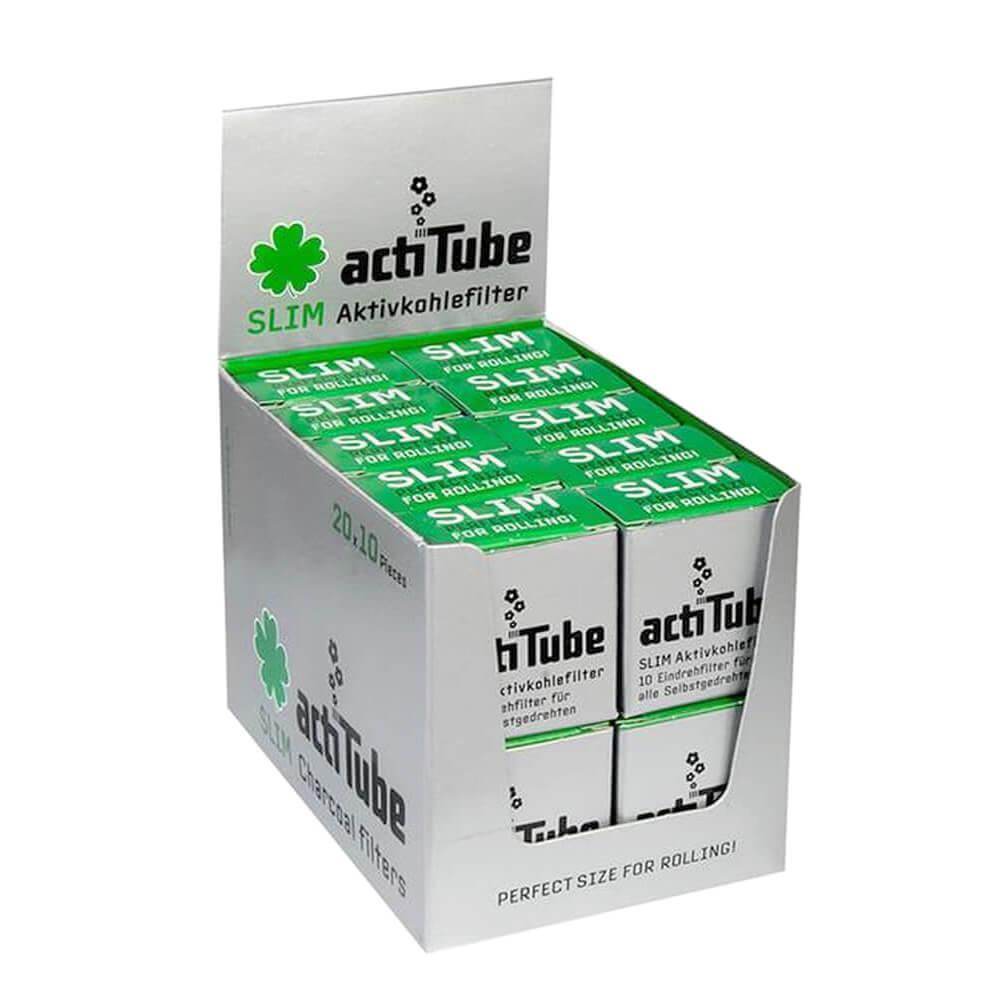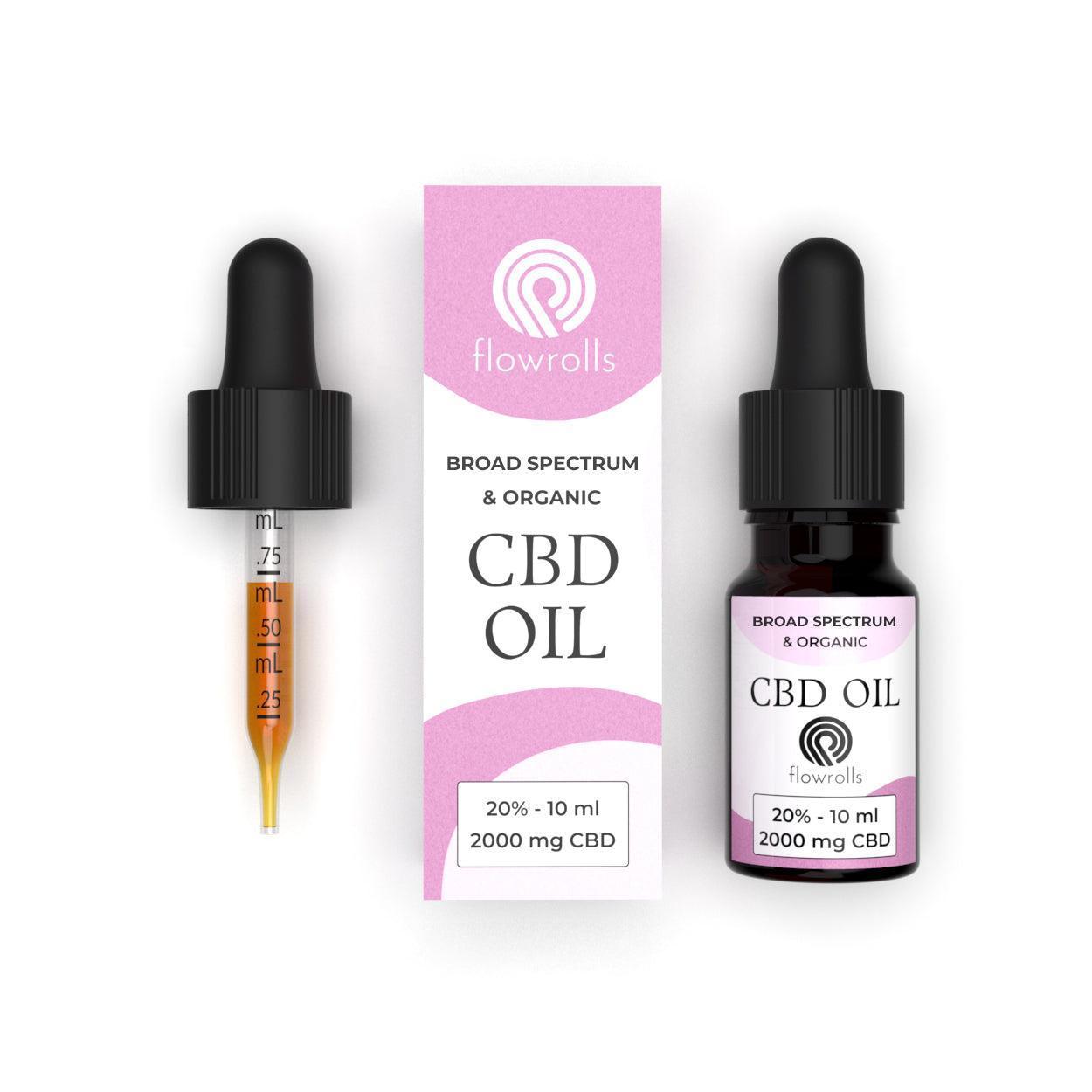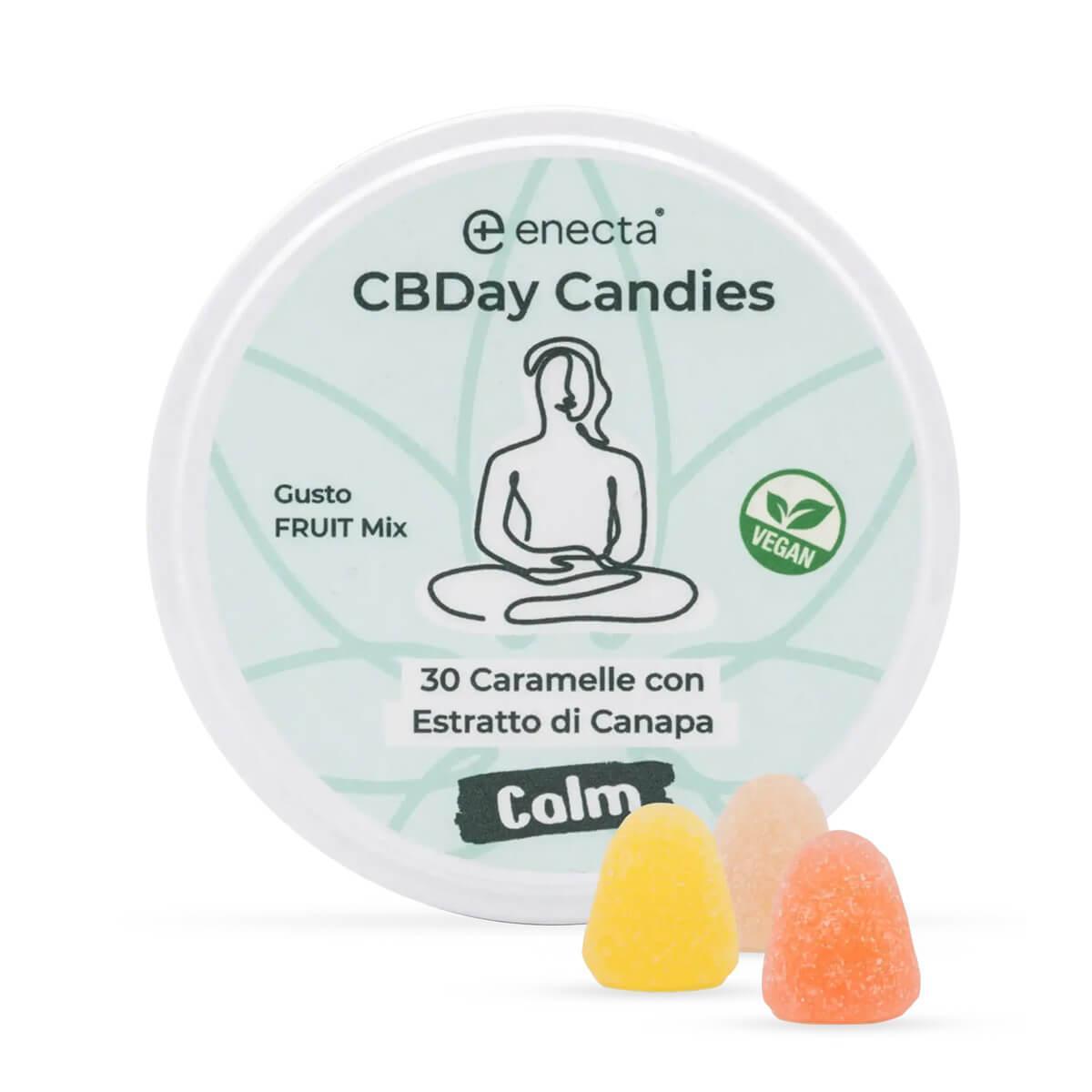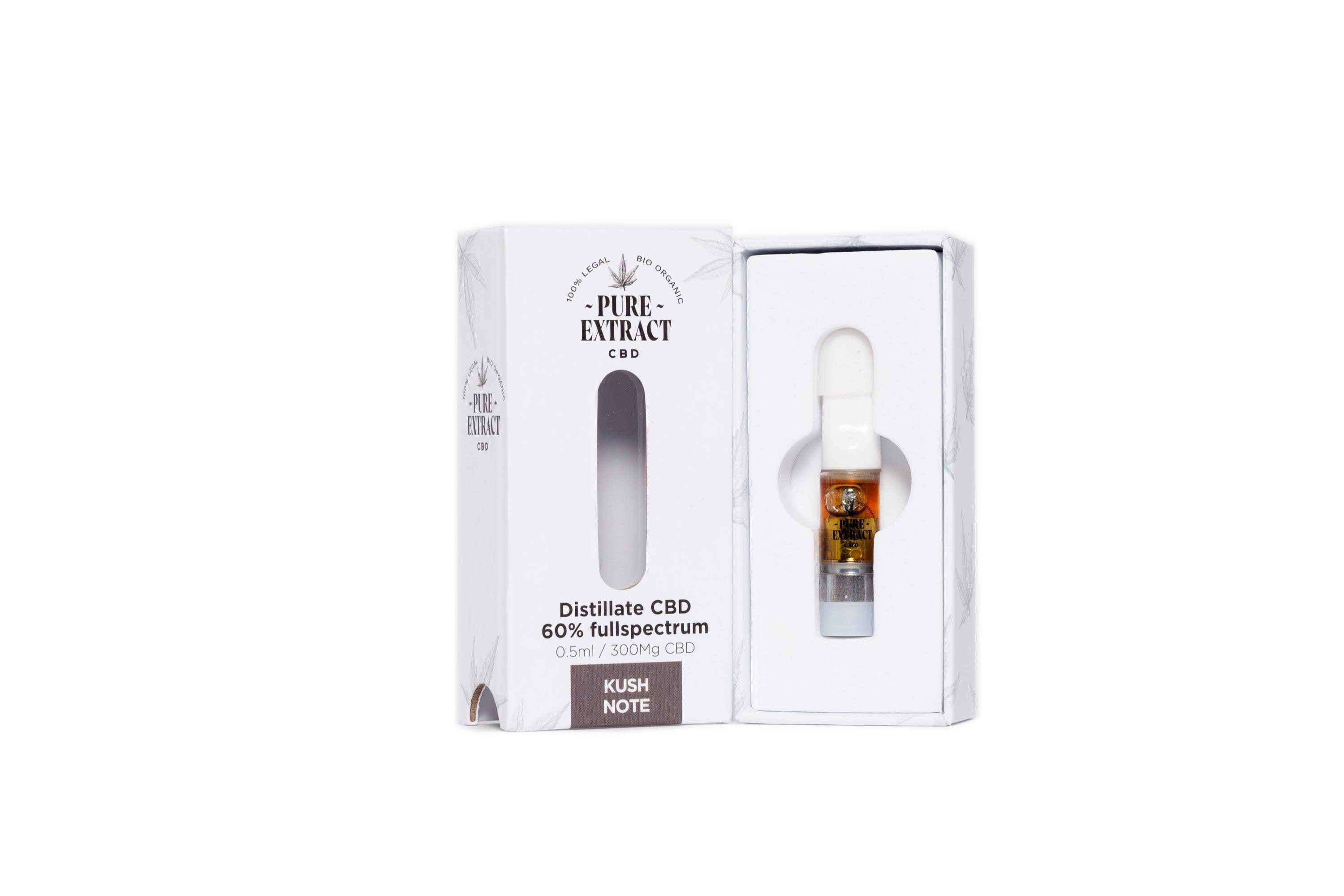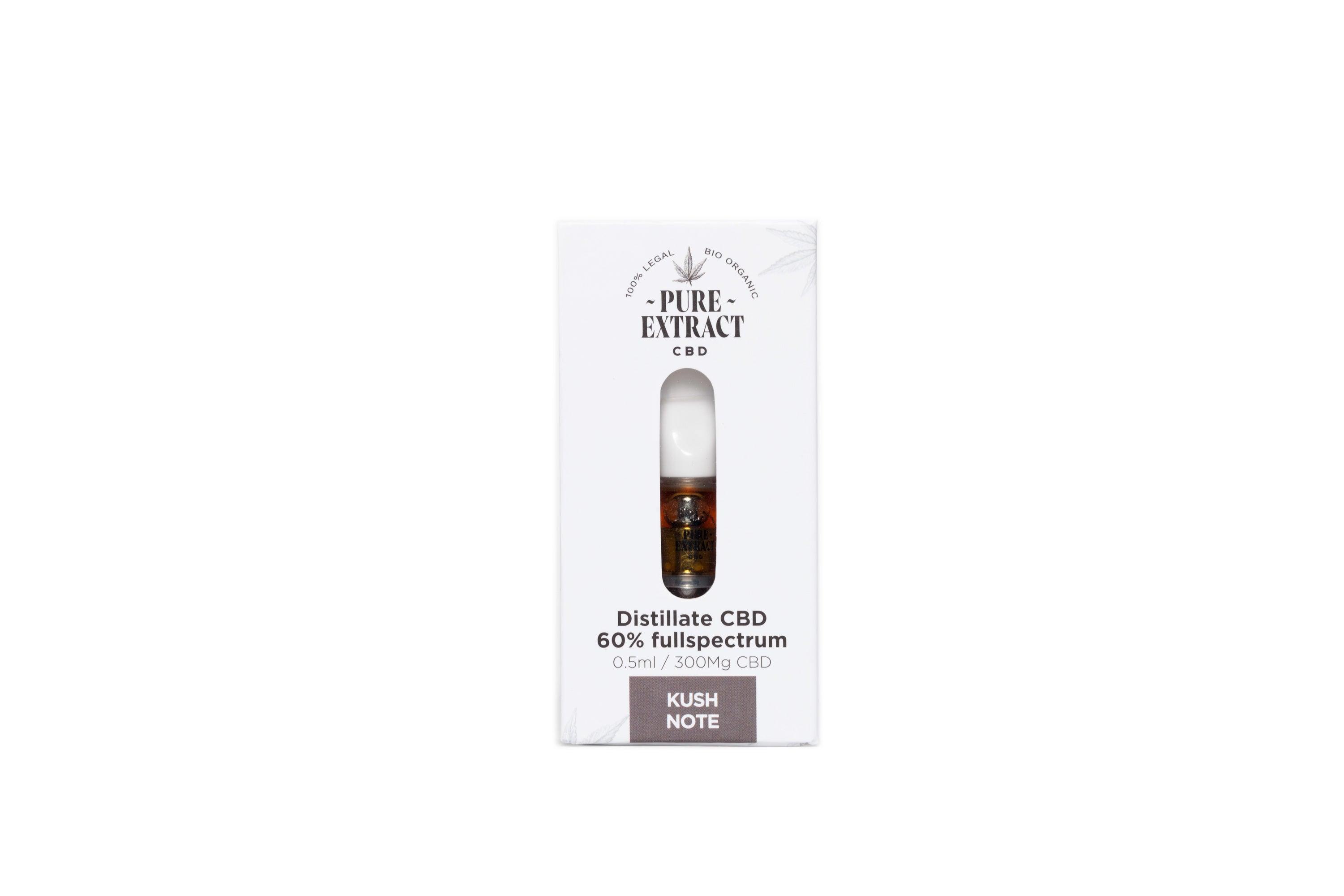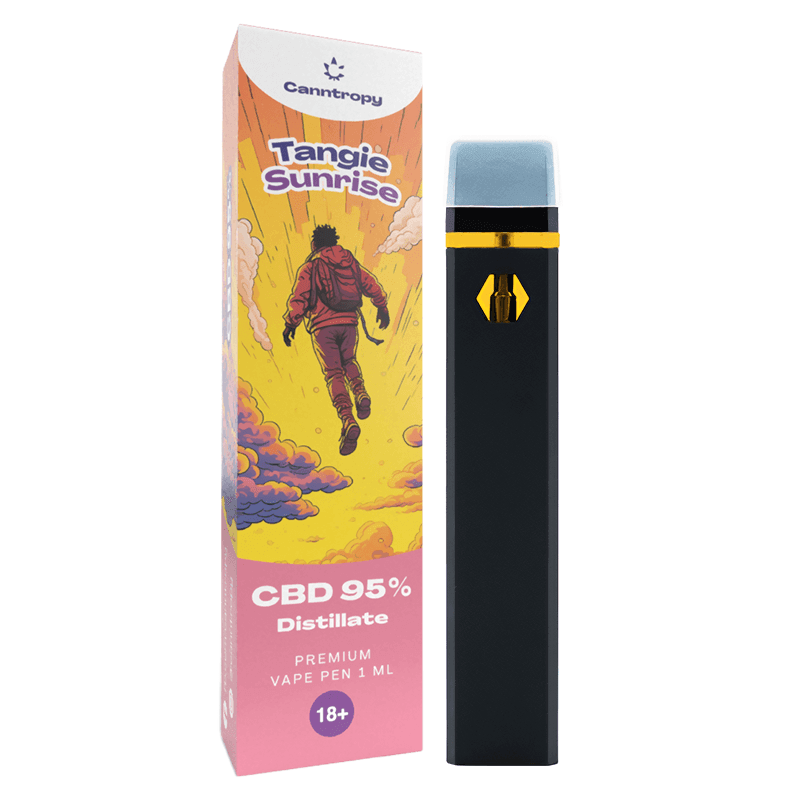Let's explore the differences between CBD (cannabidiol) and THC (tetrahydrocannabinol):
In my opinion, one of the most important differences between THC and CBD is the way these two very important cannabinoids interact with the Endocannabinoid system (ECS). Below, I will attempt to briefly outline these different interactions.
- THC and CB1 Receptors:
- THC has a strong binding affinity for CB1 receptors in the brain and central nervous system.
- When THC binds to CB1 receptors, it activates them, leading to the psychoactive effects associated with marijuana use. This activation can result in altered perception, mood changes, and the sensation of being "high."
- CBD and Receptor Modulation:
- CBD has a more complex interaction with the ECS. It does not directly bind strongly to CB1 or CB2 receptors.
- Instead, CBD appears to modulate or influence the activity of these receptors indirectly. It can inhibit the breakdown of the body's own endocannabinoids, such as anandamide, by blocking enzymes responsible for their degradation.
- Additionally, CBD can interact with other receptor systems in the body, such as serotonin receptors, vanilloid receptors (associated with pain perception), and other non-cannabinoid receptors. This multifaceted interaction contributes to its potential therapeutic effects.
In summary, THC directly binds to and activates CB1 receptors, leading to its psychoactive effects. In contrast, CBD does not bind strongly to these receptors, but instead influences the ECS and other receptor systems in more indirect ways. This fundamental difference in binding and activation mechanisms is a key reason for the distinct effects and safety profiles of CBD and THC.
Chemical Composition:
Although chemically to a layman they may appear very similar to one another. The slight differences from one cannabinoid to the next greatly effect which receptors these cannabinoids can bind to, and therefore give these two components somewhat difference properties.

- CBD (Cannabidiol): CBD is one of over 100 cannabinoids found in the cannabis plant. It is non-psychoactive, meaning it doesn't produce the "high" associated with marijuana use.
- THC (Tetrahydrocannabinol): THC is another prominent cannabinoid in cannabis and is responsible for the psychoactive effects of marijuana. It binds to cannabinoid receptors in the brain, leading to altered perception, mood, and cognition.
Psychoactive Effects:
- CBD: CBD is not psychoactive. It does not produce euphoria or alter one's state of mind.
- THC: THC is psychoactive and can induce feelings of euphoria, relaxation, altered perception of time, and an increased appetite.
Legal Status:
- CBD: CBD derived from hemp (cannabis plants with less than 0.2% THC) is legal in many parts of the world, including Malta. However, the legal status varies by country and state.
- THC: THC is classified as a controlled substance in many countries and is illegal in most places without a medical prescription. In Malta, you can grow up to 4 plants at home, but smoking in Public places is prohibited and frowned upon.
Medical Uses:
- CBD: CBD is increasingly recognized for its potential therapeutic benefits. It has been studied for its anti-inflammatory, analgesic (pain-relieving), anxiolytic (anxiety-reducing), and antiepileptic properties. It is used to treat conditions such as epilepsy, anxiety, pain, and inflammation.
- Research and clinical studies have explored its efficacy in managing epilepsy (specifically, rare forms like Dravet syndrome and Lennox-Gastaut syndrome), anxiety disorders (such as generalized anxiety disorder and social anxiety disorder), and chronic pain conditions (like neuropathic pain and fibromyalgia). Additionally, some studies suggest CBD may have neuroprotective and anti-inflammatory properties, making it a subject of interest in conditions like multiple sclerosis (MS) and Parkinson's disease.
- THC: THC also has therapeutic uses, primarily for conditions involving pain, nausea, and muscle spasticity. Medical marijuana, which contains varying levels of THC, is prescribed to manage these symptoms in some jurisdictions. It is primarily used for managing pain and nausea in medical settings, such as for cancer patients undergoing chemotherapy. Some patients with conditions like glaucoma may also benefit from THC's ability to lower intraocular pressure. However, THC's psychoactivity and potential for addiction make it less suitable for some individuals, particularly those with a history of substance abuse or psychiatric disorders.
Side Effects:
- CBD: CBD is generally well-tolerated and has a low risk of side effects. Some individuals may experience mild side effects like dry mouth, changes in appetite, or diarrhoea.
- THC: THC can cause side effects, especially in higher doses or in individuals sensitive to its effects. Common side effects include anxiety, paranoia, impaired coordination, increased heart rate, and memory issues.
Drug Testing:
- CBD: While pure CBD products are not expected to trigger a positive result on a drug test for marijuana, some CBD products may contain trace amounts of THC, which could result in a positive test, particularly with prolonged use.
- THC: THC use, including recreational marijuana, will likely lead to a positive result on a drug test for marijuana.
Mode of Action:
- CBD: CBD interacts with the endocannabinoid system (ECS) in the body, which plays a role in regulating various physiological processes. It can influence ECS receptors but does not bind strongly to CB1 or CB2 receptors, which are primarily associated with the psychoactive effects of THC.
- THC: THC primarily affects the ECS by binding strongly to CB1 receptors in the brain and central nervous system, leading to its psychoactive effects.










